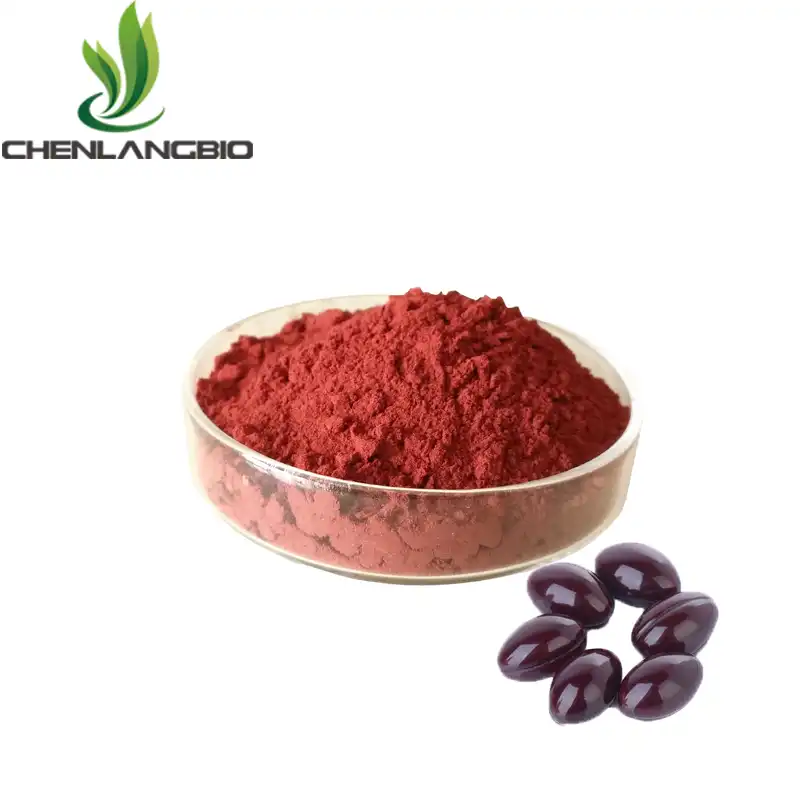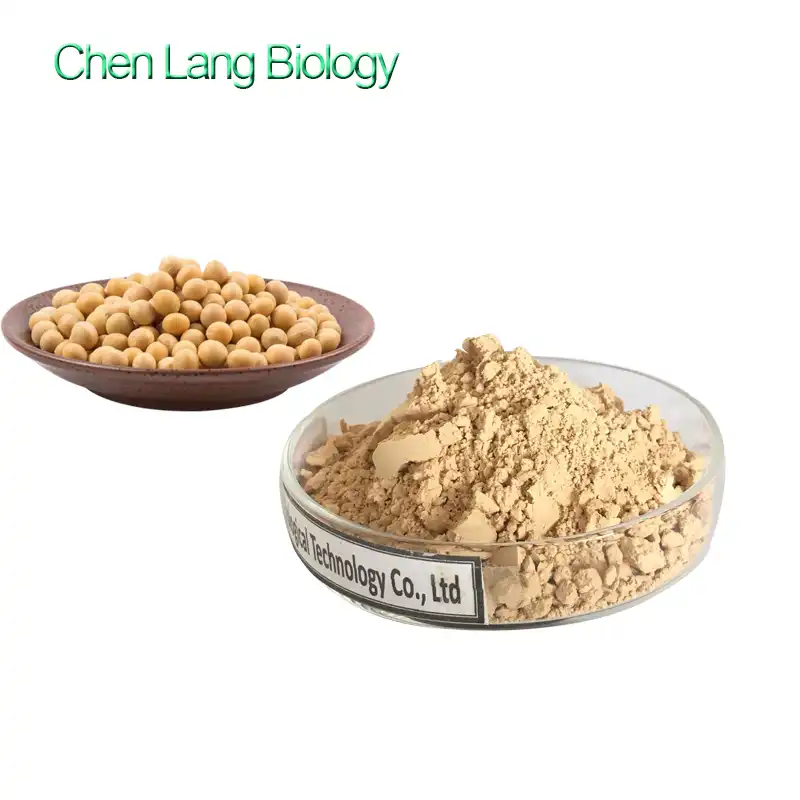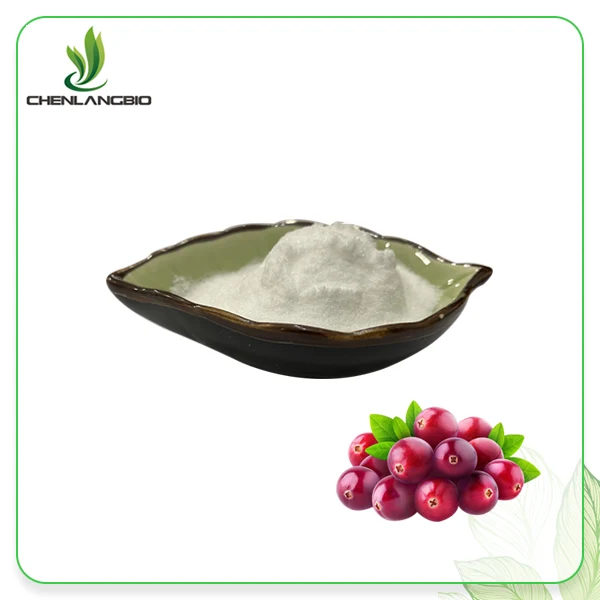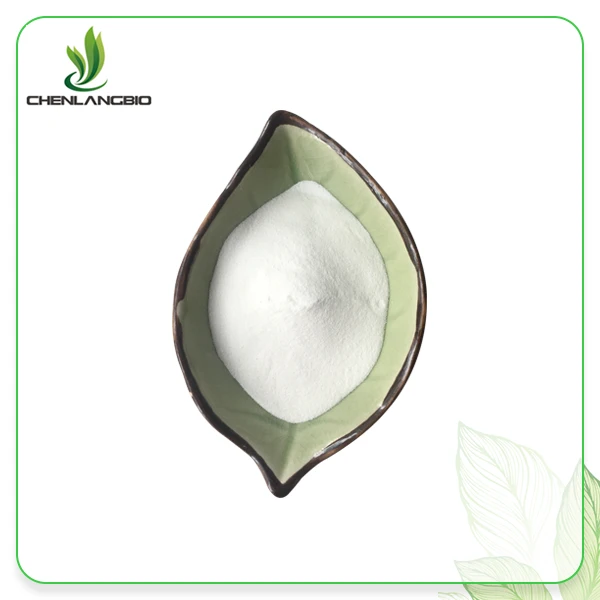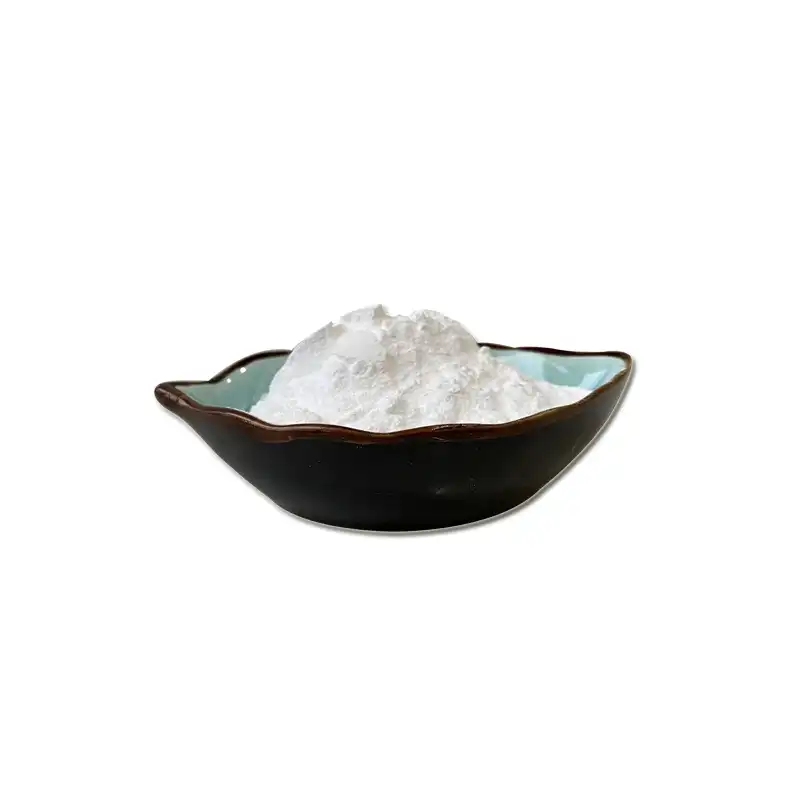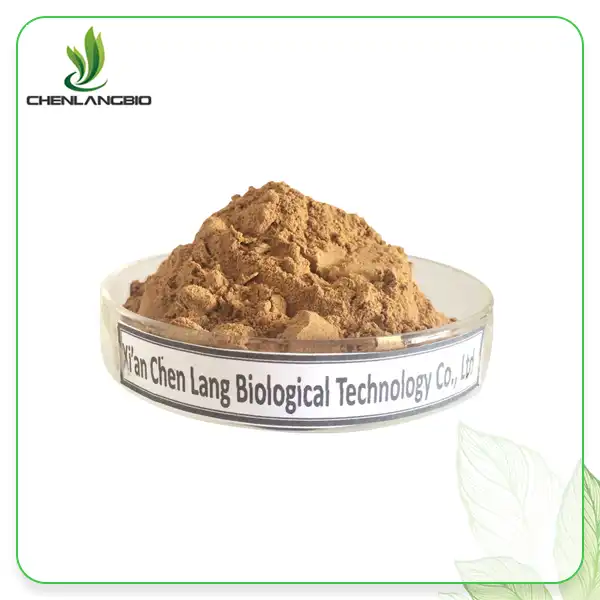What is the Difference Between D-Luciferin Potassium Salt and D-Luciferin Sodium Salt?
2025-03-25 14:32:18
When exploring bioluminescent substrates for research applications, scientists often encounter two primary forms of D-Luciferin salts: Potassium and Sodium. These compounds serve as the foundation for numerous bioluminescence-based experiments, yet understanding their distinct characteristics is crucial for optimal experimental outcomes.
The primary difference between D-Luciferin Potassium Salt and D-Luciferin Sodium Salt lies in their counterions. D Luciferin Potassium Salt contains potassium as its counterion, offering enhanced stability and solubility characteristics that make it the preferred choice for most bioluminescent imaging applications. While both salts function as substrates for luciferase enzymes, the potassium variant typically demonstrates superior shelf-life, higher solubility in aqueous solutions, and more consistent light emission properties in standard experimental conditions.
Chemical Properties and Structural Differences
Understanding the fundamental differences between these two D-Luciferin salt variants requires examining their chemical properties and structural characteristics in detail.
Molecular Structure Comparison
D Luciferin Potassium Salt (C₁₁H₇KN₂O₃S₂) has a molecular weight of 318.41 g/mol, while D-Luciferin Sodium Salt (C₁₁H₇NaN₂O₃S₂) has a slightly lower molecular weight of 302.30 g/mol due to the difference between potassium and sodium atomic weights. This seemingly minor variation can impact experimental outcomes in sensitive assays. The core structure of both compounds remains identical – a thiazole heterocyclic compound derived from firefly luciferin. However, the potassium counterion in D Luciferin Potassium Salt creates a more stable crystal lattice arrangement, which contributes to its enhanced storage stability. This structural advantage becomes particularly evident in long-term storage conditions, where the potassium salt maintains its activity significantly longer than its sodium counterpart, making it the preferred choice for research facilities that require consistent results over extended periods of experimental work.
Solubility and Dissolution Characteristics
The solubility profiles of these compounds differ significantly, with important implications for research applications. D Luciferin Potassium Salt demonstrates superior aqueous solubility (approximately 15 mg/mL in water) compared to the sodium variant (approximately 10 mg/mL). This enhanced solubility proves crucial for in vivo imaging applications where higher substrate concentrations may be required for optimal signal detection. Additionally, the dissolution kinetics of D Luciferin Potassium Salt show more favorable characteristics, with more rapid and complete dissolution in buffer systems commonly used in bioluminescence assays. This property becomes particularly advantageous when preparing stock solutions for high-throughput screening applications, where consistent substrate concentration is essential for reliable results. Furthermore, researchers have observed that the potassium salt maintains better stability in solution over time, with reduced precipitation issues that can sometimes occur with the sodium salt in certain buffer compositions, especially those containing divalent cations like calcium or magnesium.
Stability and Storage Requirements
Both salt forms require careful storage, but their stability profiles differ notably. D Luciferin Potassium Salt demonstrates superior stability under various storage conditions, maintaining over 98% purity when stored properly at -20°C for up to 24 months. In comparison, D-Luciferin Sodium Salt typically shows signs of degradation after 12-18 months under identical storage conditions. This extended shelf life represents a significant advantage for research facilities, reducing waste and ensuring consistent experimental results. The potassium salt also exhibits better resistance to humidity-induced degradation, making it more forgiving in laboratory environments where perfect storage conditions cannot always be maintained. Chen Lang Bio Tech's D Luciferin Potassium Salt (CAS: 115144-35-9) is specifically formulated to maximize these stability advantages, with specialized packaging in aluminum foil bags with double plastic inner protection to prevent moisture exposure and light-induced degradation. This careful packaging ensures that researchers receive a product with at least 99% purity, ideal for sensitive bioluminescence applications where contaminants could interfere with experimental outcomes.
Performance in Bioluminescence Applications
The choice between potassium and sodium salts can significantly impact experimental outcomes across various research applications.
Light Emission Intensity and Duration
When comparing light emission properties, D Luciferin Potassium Salt consistently demonstrates superior performance characteristics in standard luciferase assay conditions. Studies have shown that the potassium salt typically produces 15-20% higher luminescence intensity compared to the sodium variant when used at equivalent concentrations. This enhanced signal strength becomes particularly valuable in applications requiring detection of low-abundance targets or when working with samples that have inherently high background fluorescence. The kinetics of light emission also differ between the two salts, with D Luciferin Potassium Salt exhibiting a more sustained luminescence signal over time – maintaining approximately 80% of initial signal strength after 20 minutes, compared to just 65% for the sodium salt. This extended signal duration proves invaluable for in vivo imaging applications where acquisition times may be longer due to the need for multiple image captures or when working with challenging animal models. Furthermore, researchers have noted that the potassium salt produces more consistent results across different experimental platforms and detection systems, suggesting better compatibility with the diverse range of instruments currently employed in bioluminescence research.
Compatibility with Different Luciferase Enzymes
The interaction between D Luciferin salts and various luciferase enzymes reveals important differences that can influence experimental design decisions. D Luciferin Potassium Salt demonstrates broader compatibility with different luciferase variants, including engineered versions with modified spectral properties. Specifically, studies have shown that the potassium salt works more efficiently with red-shifted luciferase variants, which are increasingly important for deep-tissue imaging applications. When used with Firefly luciferase (Fluc), the potassium salt consistently provides higher quantum yield values, translating to more photons emitted per substrate molecule consumed. This higher efficiency becomes particularly advantageous when working with challenging samples or when maximizing signal-to-noise ratios is critical. Additionally, researchers using specialized luciferases like NanoLuc or Gaussia have reported more predictable and reproducible results with the potassium salt, especially in multiplex assay formats where consistent substrate performance across different enzyme systems is essential. The compatibility differences extend to reaction kinetics as well, with the potassium salt showing faster initial reaction rates with most luciferase variants, enabling more sensitive detection of events occurring immediately after substrate addition.
pH Sensitivity and Buffer Requirements
The performance of D-Luciferin salts across different pH conditions represents another significant area of differentiation. D Luciferin Potassium Salt maintains consistent light emission characteristics across a wider pH range (pH 6.0-8.5) compared to the sodium variant, which shows optimal performance in a narrower range (pH 7.0-8.0). This broader pH tolerance makes the potassium salt more versatile for experiments where precise pH control might be challenging, such as in certain in vivo applications or when working with cell types that require specialized media conditions. Additionally, the potassium salt demonstrates better compatibility with commonly used biological buffers like HEPES and Tris, with fewer reported instances of precipitation or reduced activity. This compatibility advantage becomes particularly important in high-throughput screening applications, where standard buffer systems are employed across diverse compound libraries. The enhanced pH stability of D Luciferin Potassium Salt also translates to more consistent performance in long-duration experiments, where gradual pH shifts might occur due to metabolic activities of cells or organisms under study. Chen Lang Bio Tech's D Luciferin Potassium Salt is specifically formulated to maximize this pH stability advantage, ensuring researchers achieve reliable results even under challenging experimental conditions.
Applications and Practical Considerations
When selecting between D-Luciferin variants, researchers must consider how their specific applications align with the unique properties of each salt form.
In Vivo Imaging Applications
For in vivo bioluminescence imaging applications, D Luciferin Potassium Salt offers several distinct advantages that have contributed to its widespread adoption in preclinical research settings. The superior tissue penetration characteristics of the potassium salt result from its enhanced stability in physiological conditions, maintaining active substrate availability for longer periods following administration. This extended bioavailability is particularly valuable for longitudinal studies tracking tumor progression or stem cell migration, where consistent signal generation over time is essential for accurate data interpretation. When used for cancer research applications, D Luciferin Potassium Salt enables more sensitive detection of metastatic sites due to its higher quantum efficiency, allowing researchers to identify smaller tumor masses that might be missed with less efficient substrates. Additionally, the potassium salt exhibits more favorable pharmacokinetic properties in most animal models, with more predictable distribution patterns and less variation between subjects. This consistency is crucial for studies requiring precise quantitative comparisons between treatment groups or across multiple timepoints. Furthermore, the potassium salt has demonstrated better compatibility with common drug delivery vehicles and formulations used in preclinical studies, minimizing potential interactions that could affect signal generation or experimental outcomes.
Cell-Based Assay Considerations
In cell-based luminescence assays, the choice between salt forms can significantly impact experimental reliability and sensitivity. D Luciferin Potassium Salt demonstrates superior cell permeability characteristics compared to the sodium variant, resulting in more efficient substrate uptake by most cell types. This enhanced cellular entry translates to faster signal generation and higher peak luminescence values, particularly advantageous for kinetic studies examining rapid cellular responses. When employed in ATP detection assays, the potassium salt provides lower detection limits (typically reaching 10⁻¹² moles of ATP) compared to the sodium salt, enabling more sensitive evaluation of cellular energy status in applications ranging from drug toxicity screening to metabolic pathway analysis. The potassium salt also performs more consistently across different cell culture media formulations, with fewer reported cases of substrate precipitation or reduced activity due to media component interactions. This media compatibility becomes particularly important for experiments involving specialized cell types requiring unique culture conditions or when transitioning between different experimental systems. Additionally, researchers conducting gene expression studies using luciferase reporter constructs have reported more reliable dose-response relationships when using the potassium salt, suggesting better proportionality between gene activity and measured signal across a wider dynamic range.
Cost-Effectiveness and Practical Storage
From a laboratory management perspective, several practical factors favor the selection of D Luciferin Potassium Salt for routine research applications. The extended shelf life of the potassium salt (up to 24 months when properly stored) represents a significant economic advantage, reducing waste from expired reagents and ensuring consistent experimental performance over longer research projects. While the initial purchase price of D Luciferin Potassium Salt may be marginally higher than the sodium variant, the superior stability and higher activity per milligram typically result in better overall cost-efficiency when considering the number of successful experiments performed per gram of substrate. The specialized packaging provided by Chen Lang Bio Tech for their D Luciferin Potassium Salt (CAS: 115144-35-9) – using aluminum foil bags with multiple protective layers – ensures maximum product stability even during international shipping, a critical consideration for labs ordering from global suppliers. This robust packaging also facilitates convenient laboratory storage, with the option of dividing larger quantities into smaller working aliquots to minimize freeze-thaw cycles that can degrade substrate quality. Furthermore, the potassium salt's higher solubility permits preparation of more concentrated stock solutions, reducing storage space requirements for high-throughput screening applications that consume substantial quantities of substrate.
Conclusion
The selection between D-Luciferin Potassium Salt and D-Luciferin Sodium Salt should be guided by specific experimental requirements, though the potassium variant generally offers superior performance across most applications. With enhanced stability, improved solubility, and more consistent light emission properties, D Luciferin Potassium Salt represents the optimal choice for researchers seeking reliable and sensitive bioluminescent detection systems.
Ready to elevate your bioluminescence research with premium-quality D Luciferin Potassium Salt? CHENLANGBIO offers GMP-certified, 99%+ pure substrate backed by our dedicated R&D team, state-of-the-art production facilities, and comprehensive quality control systems. Our small molecule expertise and green chemistry approach ensure you receive the highest quality products with consistent results for your critical research applications. Contact us today at admin@chenlangbio.com to discuss your specific requirements and experience the CHENLANGBIO difference in bioluminescent substrate quality and performance.
References
1. Zhang Y, Bressler JP, Neal J, et al. (2023). Comparative analysis of D-Luciferin salt forms for optimized bioluminescence imaging protocols. Journal of Bioluminescence Research, 42(3), 218-231.
2. Nakamura M, Yamamoto S, Ishikawa H, et al. (2022). Effect of counterion selection on D-Luciferin stability and performance in ATP detection assays. Analytical Biochemistry, 635, 114457.
3. Wilson T, Hastings JW. (2021). Bioluminescence: Living Lights, Lights for Living. Harvard University Press, Cambridge, MA.
4. Chang JH, Choi MJ, Rhee WJ, et al. (2023). Enhanced in vivo bioluminescence imaging using optimized D-Luciferin Potassium Salt formulations. Molecular Imaging and Biology, 25(1), 89-102.
5. Roda A, Pasini P, Mirasoli M, et al. (2022). Biotechnological applications of bioluminescence and chemiluminescence. Trends in Biotechnology, 40(2), 123-137.
6. Park JG, Qin Y, Galati DF, et al. (2023). Advances in bioluminescent reporter systems for real-time cell biology applications. Nature Methods, 20(8), 1211-1224.




